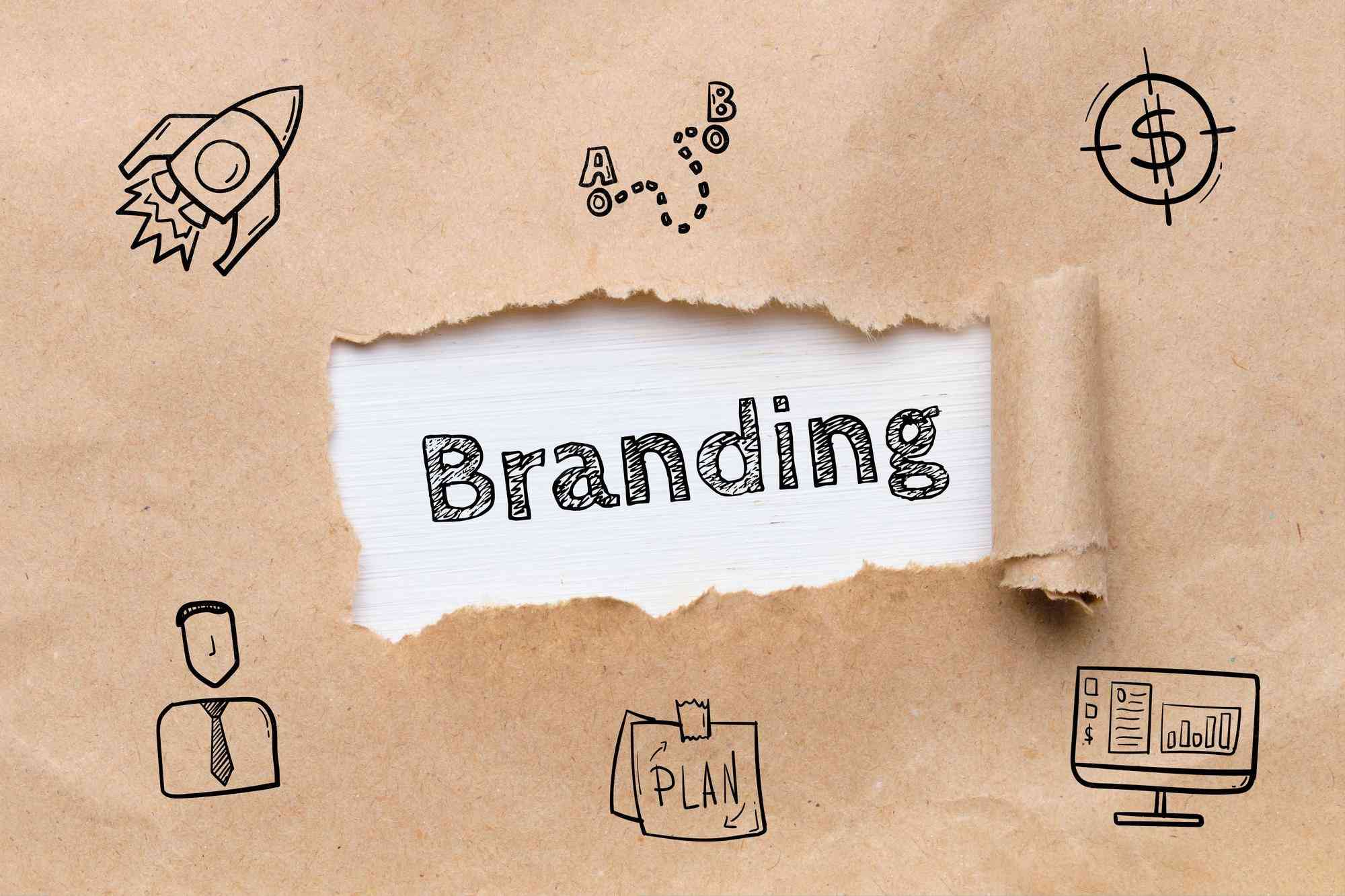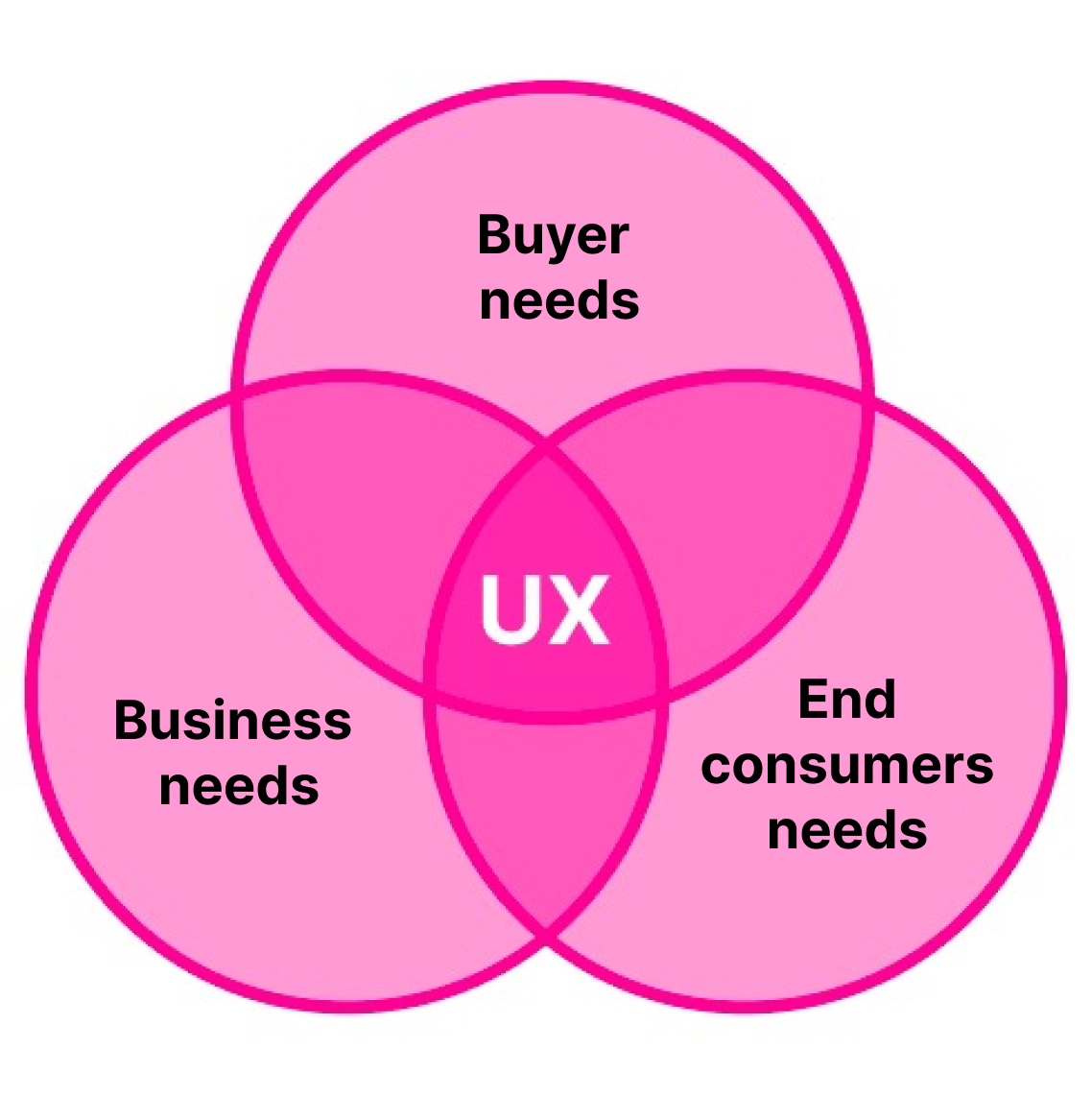
In this week’s dose of brand management, we take a deep dive into the interplay between brand management and how it influences the customer purchase journey in an increasingly complex environment especially drifting from the traditional approaches in influencing the purchase decision to the open floodgates of multiple channels that anchor the purchase journey.
Here branding becomes the reason to halt or continue in the consumption/satisfaction journey.
This is for those customers whose purchasing desire is not only driven by the promise of the brand but rather the fulfilment of that very same promise or beyond. Almost every customer is now following the same mode in this age of competition and innovative consumption.
Where a brand as part of the aspiration ecosystem is the reason to purchase rather than the product/service itself per se. As the adage goes: “A brand is a voice and a product is a souvenir.”
In attending to the subject matter for this week, we unpack the five essential stages that chaperone a customer's journey towards a purchase and possibly anchor repeat purchases.
Steadily contributing to a lasting higher sales turnover as we report our financial statements.
These five stages are awareness, consideration, purchase, retention and advocacy. Sometimes relying on theories makes the concept a rigid proposition yet brand marketing is evolving at a fast pace. Here we revisit and tackle these stages/aspects to align them with events of this new era where customer tastes shift control of the market more than any time before.
This is with the full appreciation of how this journey towards a satisfying purchase has changed over different times, including the period we are emerging from the most devastating pandemic, Covid-19 and shifts in geopolitics which have seen the rise of global conflicts and wars. Brands seem to be the lead as you will appreciate too.
- ‘Zimbos dreading 2023 elections’
- In Full: eighteenth post-cabinet press briefing June 28, 2022
- Abwa commissions milk plant
- In the groove: Has inflation hit the music markets?
Keep Reading
The first stage of awareness entails the consumer being exposed to the brand (one of the cogs that measure/construct brand equity) and becoming aware of it through different forms of media, for example, social media, word of mouth or advertising, among others.
The second stage is the consideration which denotes that the customer’s need must be met by the business; therefore, s/he actively considers the possibility of procuring a product or service.
The third stage is the purchase, which means the consumer makes the purchase (where the actual brand acceptance is converted into consumption).
The fourth stage is retention, wherein the customer uses the product or service in certain circumstances. Now the brand becomes the reason for recall, search, recognition and repeat purchase. For those start-ups yet to grow that is when they will start defining a viable and controlled market by them. When general purchase is turned into partnerships enhanced by effective customer relationship and database management.
At this stage of the journey support from the brand service provider and the entire superstructure is built on loyalty creation.
The last stage is the advocacy element, whereby the customer undertakes to spread the message (whether positive or negative) to whoever in the market.
As aforementioned, these stages are no longer as binary as they used to be in the traditional era of communication and human interaction. The fast-paced changes in technology have, by and large, made the journey highly complex. This is because technology is birthing multiple channels and devices anchoring the purchase decision and posing multiple dilemmas for the marketers and brand managers, especially on which channel to make meaningful influence and how best to mean/meet the customer at these different touch points.
The complexity is usually born out of the pressures of brands to meet the customers' needs in a highly personalised manner. This calls upon corporates and companies (whether SMEs or giants) to invest heavily in understanding and knowing their customers. For example, before the customer of today makes a decision, s/he will rely more on the reviews of peers, family members and friends on the brand being presented, hence the need for a competitive reputation on the brands (that is if they are to score high on reviews among others). An example is an Air BnB facility, and business is highly dependent on the reviews by the previous customers hence the need to ensure that the brand satisfies the customers for the favourable electronic word of mouth (e-WoM).
Having noted the foregoing, we offer proposals through practical solutions to these complex developments facing modern-day brand managers in anchoring the customer purchase journey by making recommendations for every stage.
Awareness — This should be a meaningful and resourceful process informed by the organisation’s self-awareness and that of its customers. There is a need to invest heavily in understanding who the organisation’s customers are and where they are. This will inform how the brand will reach the customers and the platforms upon which they will reach them (as alluded to in the previous edition). It is, therefore, recommended that the companies invest in a research-centred understanding of their target markets so that the company effectively and efficiently communicate with its customers.
However, research does not mean the complex scientific process alone, but also utilising the existing company platforms such as social media and websites to run analytics in terms of the customers and their consumption habits. When these basics are established, the company can embark on advertising as there will be clarity and understanding of the customers.
Consideration — as noted earlier on, people generally don’t trust brands, but rather trust people, that is to say, their peers, family, friends and communities. If there is going to be meaningful engagement with customers towards considering the brand in their decisions, there is a need to invest in testimonials featuring prominently on the company’s platforms. Also being part of the conversations in the online communities as a way of building trust that it is actually the people who are behind the brands and that the people are the ultimate beneficiaries of these brands. Hence the need for a human touch being the prominent feature in communicating with customers. If you want to take things a step further, you can begin providing genuinely useful content to potential customers. This is an increasingly popular way for organisations to keep themselves in consideration through content such as frequently asked questions, product demonstrations, blog posts, and reviews are critically valuable in highly positioning the brand for consideration.
Purchase — This is the stage wherein the customer has decided to go with your product or service against those of competing offerings. What is critical at this stage is to make the process of accessing the product as smooth as possible, both online and offline.
It is critical to be transparent on support services and other extras such as delivery and guarantees. It is also critical to remain alive because this is not a transaction, but a relationship hence the need to equally build responsive mechanisms around support.
Retention — After purchase, customers will rely on the relationship atmosphere. They want the interaction with the company to be spontaneous when they need advice. The contact details of the company must be seamlessly visible across the company platforms. The turnaround rate by the marketing and support team should show that this is a lasting relationship and that the customer remains at the centre of the business’s future. If the support team takes too long to attend to comments and requests, this can lead to frustration and negative e-WoM on the brand and possing reputational risks.
Advocacy – This is the ultimate goal for every marketer and there is a brand advocate developed from the customer decision journey. The organisation must first design a system of monitoring feedback from the customers, these days it's even simple with a google alert sign-in on the brand or organisation. As noted early on, the comments might be positive or negative. If it's negative, is the organisation responsive to the extent or reaching out to the customer and seeking the best possible outcome which can be mutually beneficial in the short space of time? Is the organisation structured in a way that rewards loyalty and seeks influencers to sustain positive reviews and retain brand ambassadors while at it?
In conclusion, branding and customer purchase journeys are the heart and soul of business growth. This is the catalyst for sustainable business growth and how the brands build a sustainable competitive edge in cut-throat competitive and disruptive environments. Till the next joint instalment, whatever you do, brand it, protect the brand and evolve with the brand.
- Dr Farai Chigora is a businessman and academic. He is the head of Business Science at the Africa University’s College of Business, Peace, Leadership and Governance. His doctoral research focused on business administration (destination marketing and branding major, UKZN, SA). He can be contacted for feedback at fariechigora@gmail.com, WhatsApp mobile: +263772886871.
- Dr Tabani Moyo is a doctor in Business Administration (research focus on new media and corporate reputation management, UKZN), Chartered Marketer, Fellow CIM, communications and reputation management expert based in Harare. He can be contacted at moyojz@gmail.com @TabaniMoyo (Twitter)










